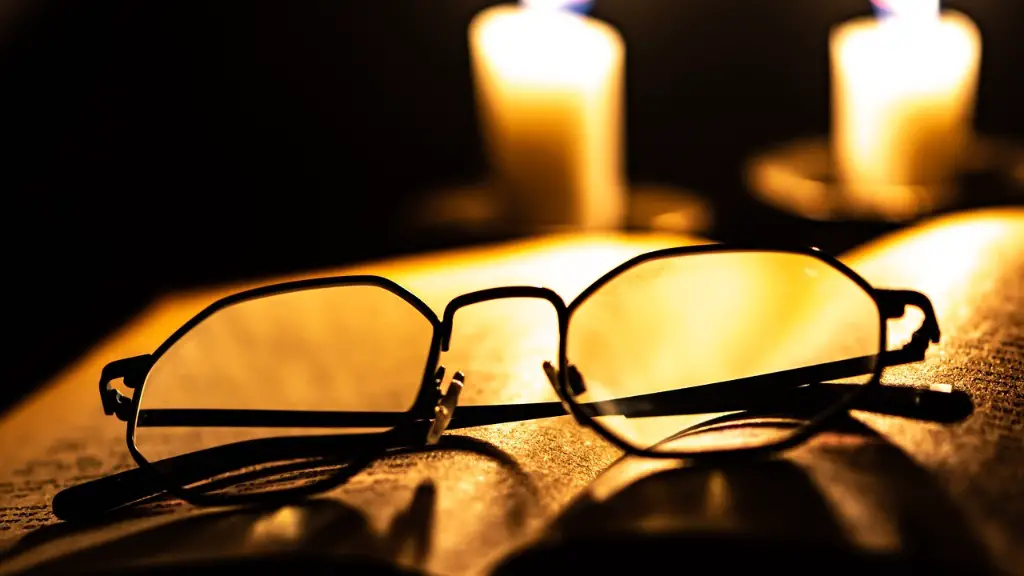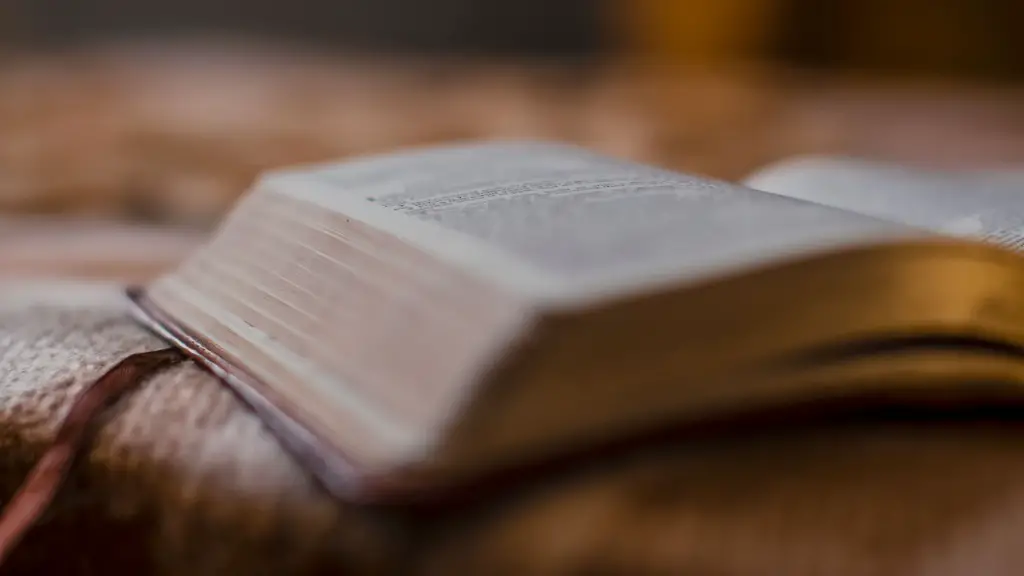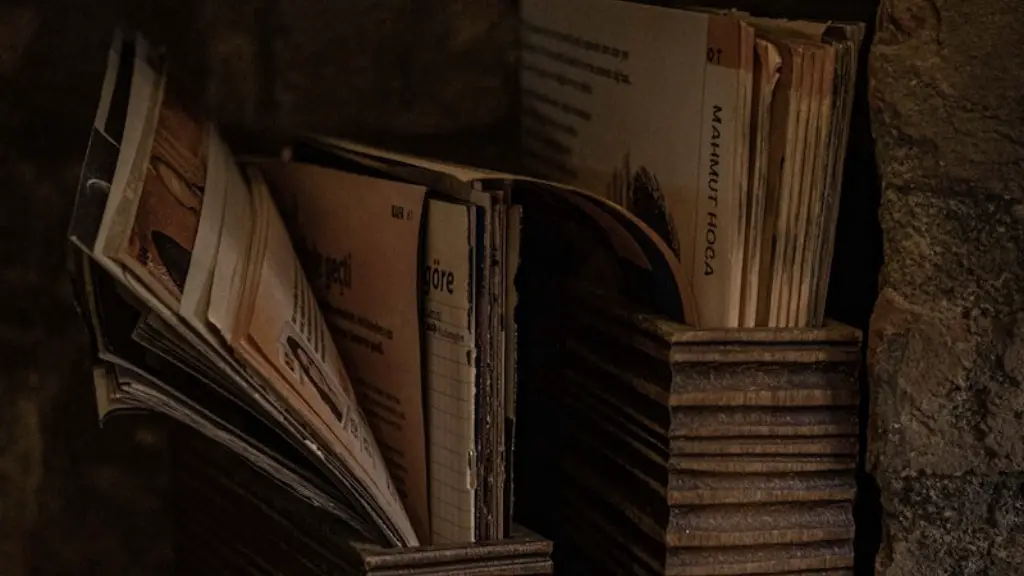Understanding Imagery in Poetry
Imagery is an essential element in poetry because it helps create a vivid mental image of the described scene to engage readers. A good poet has the ability to tap into deep emotions through the use of effective imagery. This can be used to draw readers into a poetic world, adding a personal touch to their storytelling. Imagery can also be used to evoke a sense of mystery and wonder in readers, encouraging them to delve into the deeper meanings of the text.
Creative use of imagery in poetry is not simply a craft that requires technical skill, but also requires thoughtful consideration on the part of the poet. An effective poet must be able to use powerful images and symbols to create a vivid mental picture as well as communicate a particular emotion to the reader. This means using language with careful precision and attention to detail.
Using Metaphors and Similes
A key tool for creating imagery in poetry is the use of metaphors and similes. Metaphors are direct comparisons between unrelated objects, whereas similes are comparisons between two objects that are related in some way. For example, a poet might refer to a “sky full of stars” as a metaphor, whereas a simile would be something like “the sky is like a sea of diamonds”. Both metaphors and similes enable poets to make powerful descriptions that vividly portray a particular idea or feeling.
In addition to being a powerful tool for generating images, metaphors and similes can also convey deeper meanings and moods. By comparing an idea or emotion to something tangible and familiar, a poet can bring their readers into the depths of the subject matter they are exploring. This can be used to create a sense of drama or to provide insight into complex issues.
Using Symbolism to Create Moods
Another way poets can use imagery in poetry is through the use of symbolism. By finding symbols that represent an idea or emotion, poets can create a distinct atmosphere and draw readers into the story. Symbols can be used to represent various moods such as sorrow, joy, anger, and love. By weaving these symbols throughout the poem, a poet can evoke different emotions and create vivid images in the reader’s mind.
For example, a poet might use a dark forest as a symbol for sadness, or a sunlit meadow to represent joy. By doing this, the reader can immediately start to feel the emotions that the poet is trying to convey. This can make the poem more powerful and create a stronger impact on the reader.
Using Personification to Evoke Pathos
Personification is another tool that poets can use to create imagery in poetry. By giving human characteristics to inanimate objects, poets can make their descriptions come to life and stir emotions in their readers. For example, a poet might say “the clouds wept tears of sadness”. This personification conveys a strong emotion and brings the reader into the world of the poem.
In addition to being a powerful tool for evoking emotions in readers, personification can also be used to make abstract concepts more tangible. By assigning human qualities to an idea or feeling, a poet can make it easier for readers to relate to and understand the deeper meaning of their words.
Harnessing the Power of Nature in Poetry
The use of elements from the natural world is another way to create imagery in poetry. Nature has long been a source of inspiration for poets, and can be used to evoke deep emotions and moods in readers. The beauty of a sunset, the roar of a thunderstorm, or the gentleness of a spring breeze can all be used to add color to a poem.
Poets can also use nature to convey messages and themes. By using animals and plants in their verses, they can demonstrate different aspects of human nature, or create connections between people and the world around them. By carefully selecting and combining elements from the natural world, poets can create captivating scenes and evoke strong emotions in their readers.
Using Allusions for Dual Meaning
The use of allusions is another way to create imagery in poetry. An allusion is a reference to a person, place, or thing that is known to the reader but not explicitly stated in the text. For example, a poet might refer to a “gleaming chariot” as an allusion to the sun. By doing this, they are implying that the sun is a vehicle of divinity, and creating a dual meaning: one literal and one symbolic.
Allusions can be used to create powerful messages in a subtle way. By tying in elements from other stories or traditions, a poet can convey layers of meaning and draw readers into a deeper understanding of their text.
Combining the Elements of Imagery in Poetry
To create effective imagery in poetry, a poet must be able to combine all the elements discussed above. Metaphors, similes, symbolism, personification, nature, and allusion must all be used in unison to create a vivid mental image for readers. A good poet is able to weave together these elements in order to create a captivating landscape and take readers beyond the literal and into a realm of deeper understanding.
Creating imagery in poetry is not a process that can be done quickly. It requires thoughtful consideration and careful craftsmanship. A poet must be able to tap into their own emotions and be willing to explore the depths of their imagination. With patience and practice, anyone can become a master of the craft.
Exploring the Relationship Between Imagery and Meaning in Poetry
Creating vivid mental imagery is an essential part of any poem, as it helps bring meaning to the text. Through strong imagery, a poet can evoke powerful emotions and convey complex ideas in a simple and meaningful way. It is all about finding the right balance between gathering material and crafting a unique image out of those materials.
Effective imagery can also be used to create symbolic representation and provide insight into deeper messages and themes. By exploring the relationship between imagery and meaning, a poet can create powerful messages that resonate with readers and stay with them long after they have finished reading the poem.
Uncovering the Power of Imagery and Metaphor in Poetry
Using metaphors and other figurative language is an essential tool for any poet. By finding creative and powerful metaphors and images, a poet can create a link between two different concepts or evoke specific emotions and moods. Metaphors and imagery can also be used to bring an abstract concept into a physical, tangible form.
Carefully chosen metaphors and images can also be used to reveal deeper truths about the human condition. By exploring the relationship between symbolism and meaning, a poet can draw readers into their story and make them feel a part of it. Through metaphors and imagery, poets can unlock a new way of communicating and make their poems come alive.
Investigating the Role of Personification in Poetry
Personification can be a powerful tool for creating vivid images in poetry. By giving human characteristics to inanimate objects, a poet can create a distinct atmosphere and draw readers into their story. By exploring the concept of personification, a poet can evoke deep emotions and shed light on complex issues.
Personification can also be used to create a sense of wonder and amazement in readers. By bringing objects, feelings, or ideas to life through personification, a poet can transform the mundane into something extraordinary. This can be a particularly effective tool for exploring difficult topics and making them accessible to readers.
Exploring the Role of Nature in Poetry
Nature has long been a source of inspiration for poets and is often used to create vivid imagery in poetry. By selecting elements from the natural world, a poet can evoke a variety of emotions, from joy and contentment to sorrow and melancholy. Nature can also be used to reveal hidden truths about the human condition and draw readers into a poetic world.
In addition, nature can be used to communicate messages and themes. By carefully selecting and combining elements from the natural world, a poet can create powerful images and make abstract concepts tangible. By exploring the relationship between nature and poetry, a poet can make their work come alive and give readers a unique experience.


